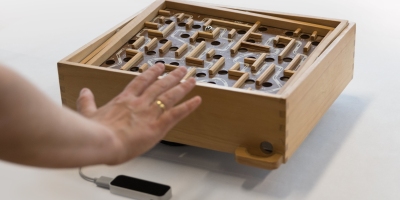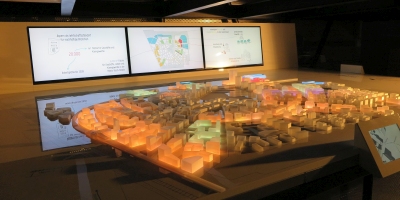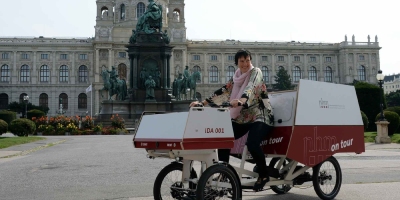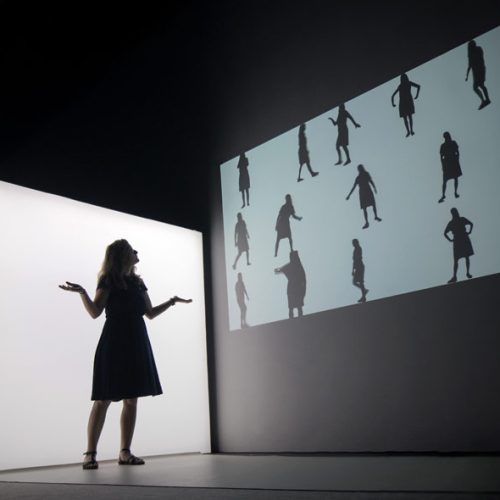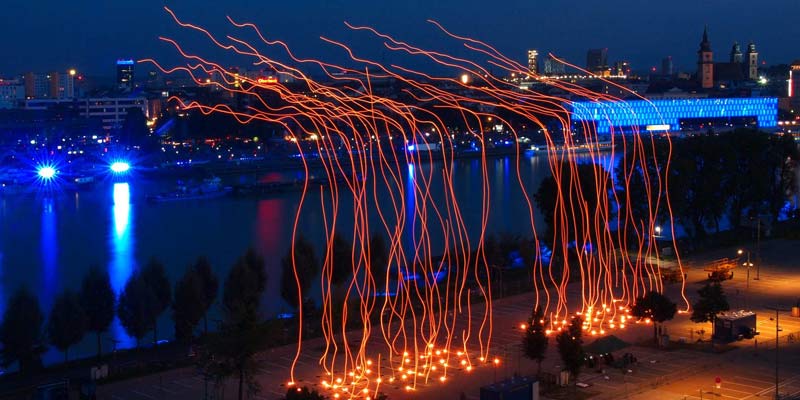How can we shape closer links between society and science?
The focus of the Tangible Link field of research is on creating objects and emotional triggers, that act as a shortcut between (scientific) knowledge and the everyday world of experience of society. Such tangible links are pressingly needed, because some problems require to open up their narrowed scope and to include the outer world to not only find answers beyond the obvious, but also to find the right questions.
Although, science is all around us and unconsciously influences our daily lives, research priorities are often built on the input and feedback of a selected scientific group of people and not really on the empirical values of the people that are affected by it. One of the main reasons for this is that scientific publications often require previous knowledge that implies a scientific background, which makes it complicated or even impossible for the general public to follow-up and take part. But how can we lower the often described “ivory tower” and bring science and society closer together?
Due to the difficulty of proper information transfer and consequently the lack of involvement of the public, Tangible Link deals with the transformation of hard to grasp topics into handy bits, that build on the social reality of each of us. With the help of this reduction the content is not only accessible for a broader audience. It also produces a longer lasting impression, that could be the reason to dive deeper, get in dialog and become part of the contents itself.
The challenge within this transformation process is to design a balanced minds-on experience, which on the one hand represents a significant part of the knowledge, and on the other hand leaves enough room to integrate this knowledge in our own individual construct of reality. If we hit this point, and knowledge suddenly fills up with meaning, we can encourage the public to get active, take part ,and with this mix of different perspectives jointly shape our future.
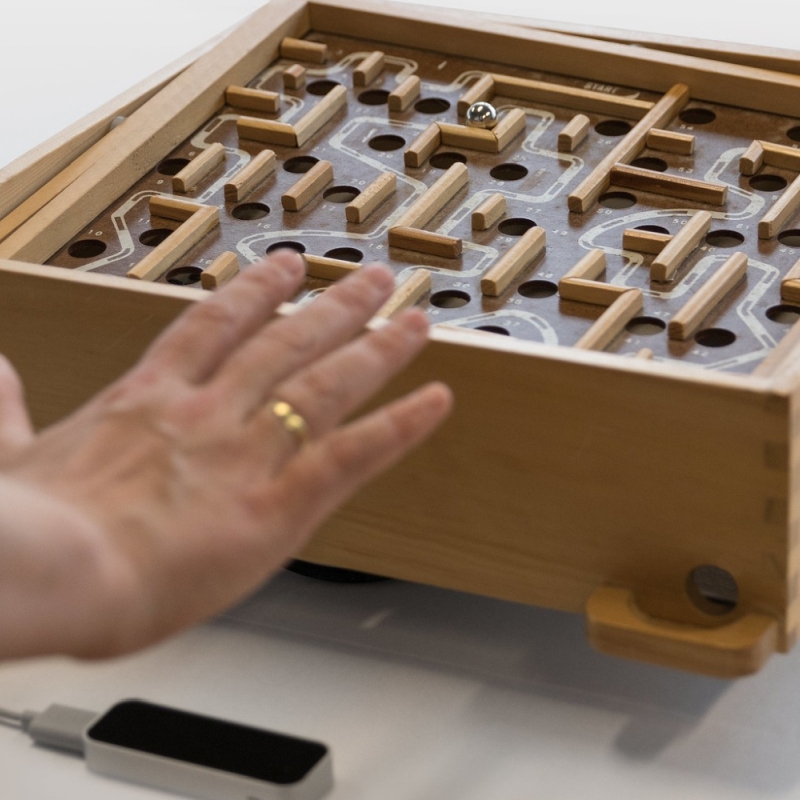

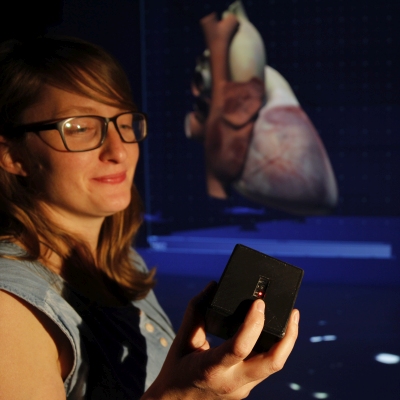

Photos from top left to bottom right: Michael Mayr | Klaus Pichler | Michael Mayr | Ars Electronica Futurelab
Additional Information
Articles
M. Eisl, I. Ott: „Partizipation als Forschungswerkzeug. Das Deck 50 im Naturhistorischen Museum Wien“; Neues Museum; Museumsbund Österreich; 2021
M. Eisl: “Beyond interaction – participation as key element for exhibition design”; Out of the Box; Ars Electronica Festival Catalog; 2019
E. Vonach, M. Eisl, G. Gerstweiler, H. Kaufmann: “Design of a Health Monitoring Toy for Children”; “Proceedings of the 15th Interaction Design and Children Conference (IDC ’16)”; 58 – 67; 2016
M. Eisl: “Game-based Health Monitoring using Tangible User Interface Objects”; Master Thesis; 2015
Conference Talks
M. Eisl, I. Ott: The Art of Joined Expertise, European Science Engagement Association Conference (EUSEA); 2019


